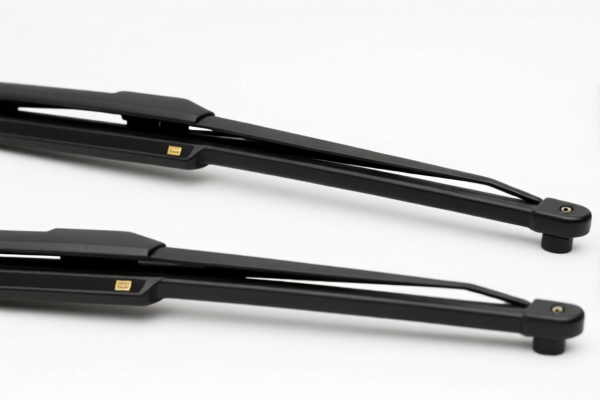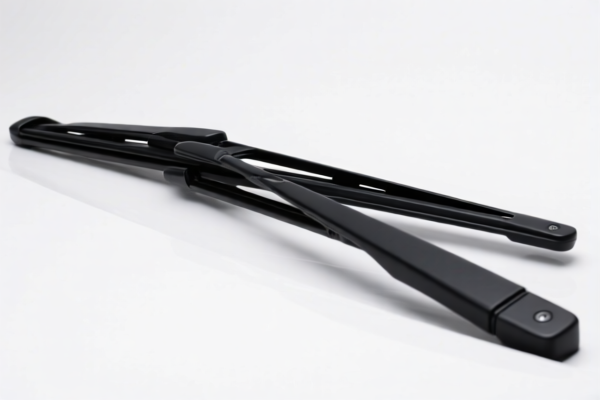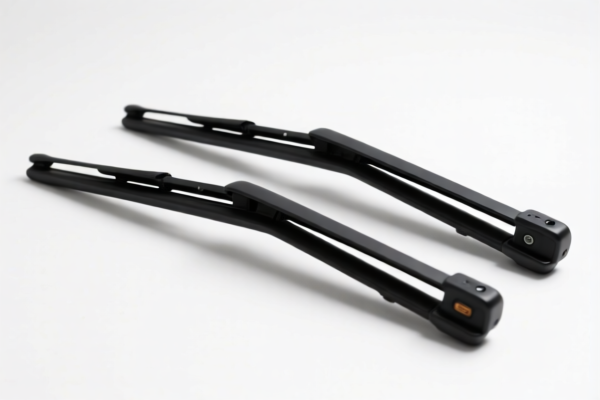| HS Code | Official Doc | Tariff Rate | Origin | Destination | Effective Date |
|---|---|---|---|---|---|
| 8708911000 | Doc | 55.0% | CN | US | 2025-05-12 |
| 7326908688 | Doc | 82.9% | CN | US | 2025-05-12 |
| 8483308020 | Doc | 59.5% | CN | US | 2025-05-12 |




Declaration Analysis: WIPER SHAFT & Related Parts – HS Code Breakdown & Customs Considerations
This analysis details the HS codes provided for parts potentially related to a "WIPER SHAFT" declaration, offering insights into classification, tax rates, and essential customs procedures.
Understanding HS Codes: A Brief Overview
The Harmonized System (HS) Code is a globally standardized system of names and numbers used to classify traded products. It’s crucial for accurate customs declarations, determining duties, and ensuring compliance. Here's a breakdown of how to interpret the codes provided:
- First 2 Digits (Chapter): Indicate the broad category of goods.
- First 4 Digits (Heading): Further refine the category.
- First 6 Digits (Subheading): Provide a more specific description of the product.
- Full 8/10 Digits: The most detailed level, specifying the exact product.
1. HS Code: 8708.91.10.00 – Parts & Accessories of Motor Vehicles (Radiators for Tractors)
- 87: Vehicles and parts thereof.
- 08: Motor vehicles for the transport of goods.
- 08.91: Parts and accessories of motor vehicles of headings 8701 to 8705.
- 08.91.10: Radiators and parts thereof.
- 08.91.10.00: Radiators for tractors suitable for agricultural use.
Classification Notes: This code specifically covers radiators designed for tractors used in agriculture. If the radiator is for a different type of vehicle, or not specifically for agricultural use, a different code within Chapter 87 may be more appropriate.
Tax Implications:
- Basic Duty: 0.0%
- Additional Tariff: 25.0%
- Post April 2, 2025: Additional Tariff increases to 30.0%
- Total Tax: 55.0%
Important Considerations:
- Vehicle Type: Confirm the radiator is exclusively for tractors used in agriculture. Documentation proving this intended use may be required.
- Certification: Depending on the importing country, agricultural vehicle parts may require specific certifications (e.g., safety standards).
2. HS Code: 7326.90.86.88 – Other Articles of Iron or Steel (General Steel Products)
- 73: Articles of iron or steel.
- 26: Other articles of iron or steel.
- 73.26: Other articles of iron or steel.
- 73.26.90: Other.
- 73.26.90.86: Other.
- 73.26.90.86.88: Other.
Classification Notes: This is a very broad "catch-all" code for iron or steel articles not specifically classified elsewhere. It's crucial to ensure this code is appropriate. If the item has a more specific description, a different HS code should be used.
Tax Implications:
- Basic Duty: 2.9%
- Additional Tariff: 25.0%
- Post April 2, 2025: Additional Tariff increases to 30.0% for steel and aluminum products.
- Total Tax: 82.9%
Important Considerations:
- Material Composition: Confirm the exact material composition (iron, steel, alloy).
- Specific Use: Provide a detailed description of the item's function and application. A more specific HS code may exist.
- Steel/Aluminum Surcharge: Be aware of potential surcharges on steel and aluminum products.
3. HS Code: 8483.30.80.20 – Transmission Shafts & Parts (Bearing Housings)
- 84: Nuclear reactors, boilers, machinery and mechanical appliances.
- 83: Transmission shafts (including camshafts and crankshafts) and cranks; bearing housings, housed bearings and plain shaft bearings; gears and gearing; ball or roller screws; gear boxes and other speed changers, including torque converters; flywheels and pulleys, including pulley blocks; clutches and shaft couplings (including universal joints); parts thereof.
- 83.30: Bearing housings; plain shaft bearings.
- 83.30.80: Other Bearing housings.
- 83.30.80.20: Ball or roller bearing type.
Classification Notes: This code specifically covers bearing housings designed to hold ball or roller bearings.
Tax Implications:
- Basic Duty: 4.5%
- Additional Tariff: 25.0%
- Post April 2, 2025: Additional Tariff increases to 30.0%
- Total Tax: 59.5%
Important Considerations:
- Bearing Type: Confirm the housing is specifically designed for ball or roller bearings.
- Shaft Compatibility: Documentation specifying the shaft size and compatibility may be required.
- Machinery Application: Details about the machinery the bearing housing is used in can help confirm the correct classification.
Disclaimer: This analysis is based on the information provided and general customs guidelines. HS code classification can be complex and is ultimately determined by customs authorities in the importing country. It is highly recommended to consult with a licensed customs broker or the relevant customs agency for a definitive classification and to ensure compliance with all applicable regulations. Always provide accurate and detailed product descriptions to avoid delays or penalties.
Customer Reviews
Fantastic guide for anyone dealing with plastic door exports. The HS code info was spot-on and easy to use.
The site explains the tariff rates well, but I had to look up some of the HS codes elsewhere to confirm them.
I found the section on export documentation extremely useful. It clarified a lot of confusion I had.
The information on trade regulations was helpful, though I wish there were more examples for different countries.
Great resource for figuring out HS codes for plastic builder’s doors. Saved me hours of research.